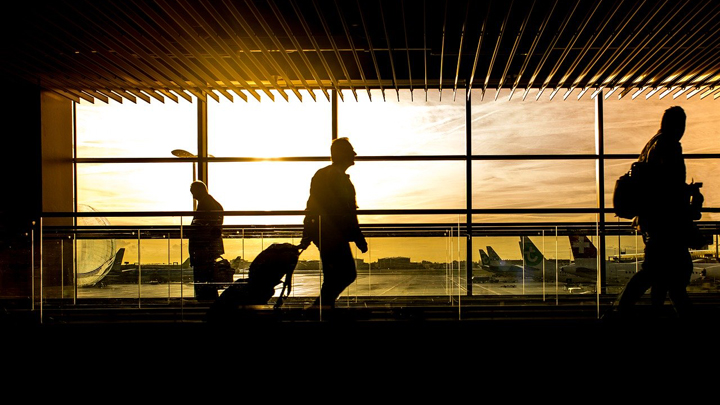
The coronavirus has introduced important changes when it comes to traveling . Some limitations that become extreme after decreeing the state of alarm. And it is that, now, you can travel, but only on exceptional occasions and when it is not possible to postpone the trip. And what can be done in these cases? There are several tips and guidelines that can be put in place to try to avoid the spread of this virus.
Previous steps
Before traveling, and although it is unavoidable to postpone the trip, it is necessary to obtain and have up-to- date information on the destination to which you have to travel. In this way, it will be possible to know if you are going to a country that is a conflictive destination in relation to whether it is one of the countries most affected by the coronavirus.
The truth is that the situation changes a lot – for example, today Spain has become the second country most affected by COVID-9-, so it is essential to be aware of the number of confirmed cases and the evolution of this pandemic.
At the moment, among the least recommended countries to travel are France, Germany, Switzerland, Norway, the Netherlands, the United Kingdom and Sweden within Europe, while caution should still be maintained with China and avoid if possible Iran, South Korea and Japan. However, to obtain updated information you can consult the web https://www.mscbs.gob.es/profesionales/saludPublica/ccayes/alertasActual/nCov-China/home.htm

It is also important to check if the country to which you are going to travel has established limitations on Spaniards, such as the United States, which has been one of the last to announce this type of measure.
Preparation of the trip and journey
Apart from these previous steps when traveling with the coronavirus, another series of preventive measures must also be adopted to try to reduce the risk of contagion to a minimum.
In the choice of seats, many companies have already arranged in their programs the marketing of the sites with the appropriate distances between travelers. However, it is important to choose, as far as possible, the areas of the plane in which there is less concentration of passengers, even if there is such prior separation.
On the day of the trip, it is better to go to the airport in time for billing because although there are fewer travelers should keep their distance and take precautions so that is likely to take some more time. Anyway, if you can travel with hand luggage , the better.
Inside the airport, it is important to avoid all the places where there is a greater concentration of people, being necessary to maintain distances in the waiting rooms of the airport. If possible, it is better to find an isolated area until the plane is caught.
Another measure, unless the airlines indicate otherwise, is to try to board the last ones because this way you avoid queues and be closer to people and, even, inside the plane, although all security and safety measures are maintained. hygiene.
And, finally, it may be necessary to wear a mask or protect the respiratory tract to avoid infecting or being infected. Do not forget that inside the plane you will be locked up with people for a while .
Once at the destination, it is important to follow the orders to disembark from the cabin personnel to avoid crowds and concentration in the aisle of the plane.
Whenever possible and not in an excessive hurry, you should respect the exit turns or wait until almost everyone has left and the area is clearer.
And, to move to the destination, the best option is the taxi because the use of buses and other means of public transport is not recommended, being convenient to avoid them whenever possible.
